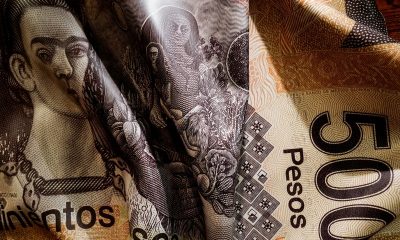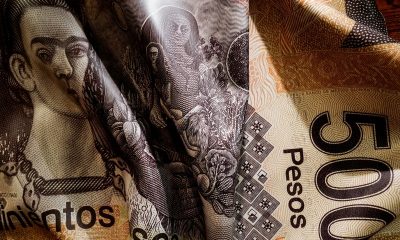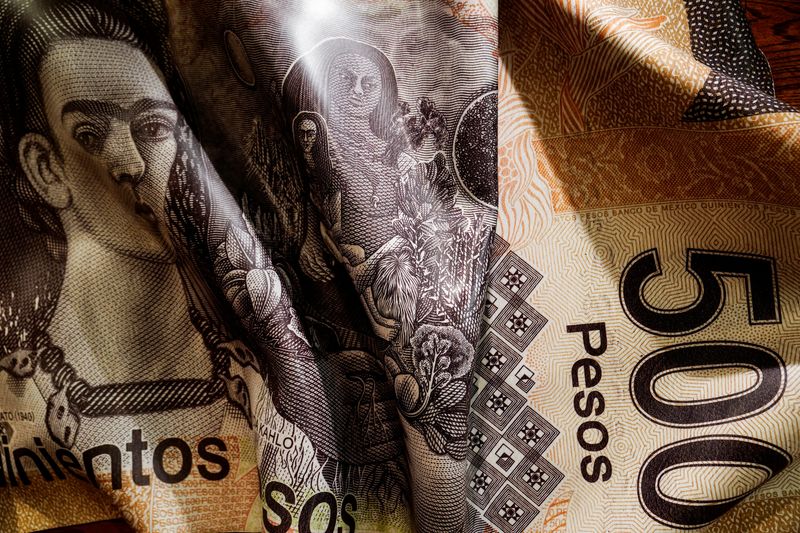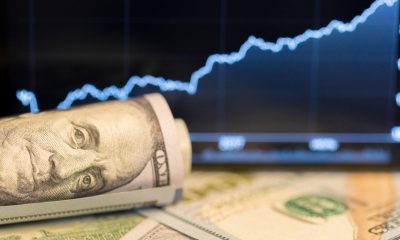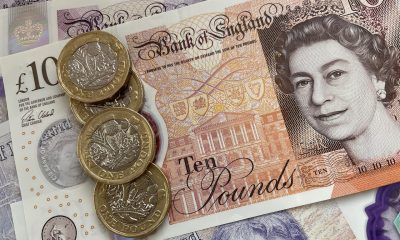Forex
Dollar extends drop, still vulnerable after Fed
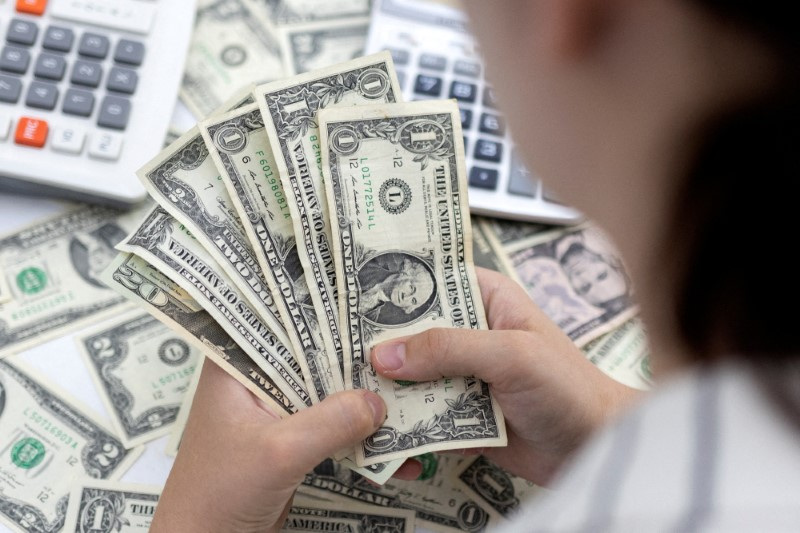
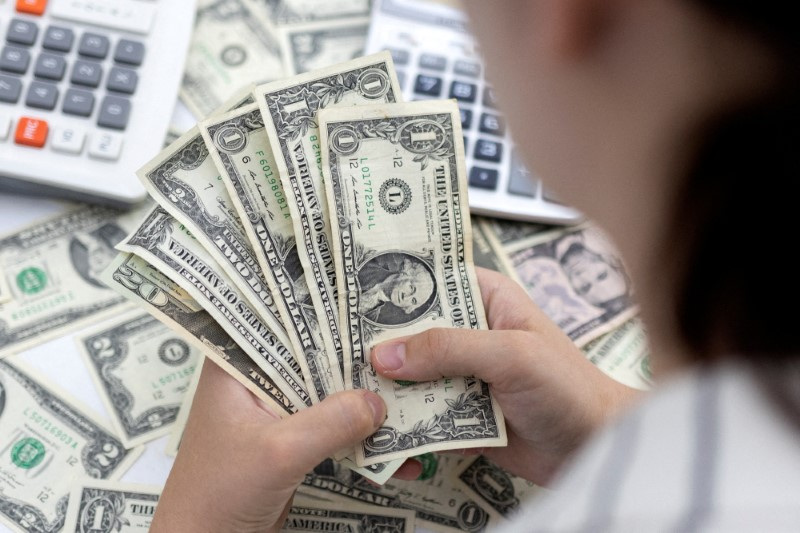
© Reuters. FILE PHOTO: Woman holds U.S. dollar banknotes in this illustration taken May 30, 2022. REUTERS/Dado Ruvic/Illustration/File Photo
By Samuel Indyk
LONDON (Reuters) -The U.S. dollar extended its decline on Monday, having fallen last week by the most since July after the Federal Reserve dialled down its hawkish rhetoric and U.S. data showed signs of moderation.
The was hovering around a 6-1/2 week low of 104.84, after falling around 1.4% last week.
The euro gained 0.2% to a 7-1/2 week high of $1.0756.
World stocks too had their strongest week in a year last week as expectations the Fed was done raising rates gathered steam.
Other indicators such as weakness in U.S. jobs data, softer manufacturing numbers and a decline in longer dated Treasury yields also hurt the dollar, while stoking rallies in sterling and the dollar, and causing the yen to bounce from the weaker side of 150 per dollar.
“We always say bad news (weak economic data) is good news,” said Tina Teng, a market analyst at CMC Markets (LON:) in Auckland. “So it’s good then there is expectation for the Fed and other central banks to end the rate hike cycle sooner.”
She expected the dollar to remain on a weaker trend through November.
Dane Cekov, senior FX strategist at Nordea, called last week’s moves an “over-reaction”, saying the jobs data was a “mixed bag”.
“You could still see a somewhat weaker dollar in the short-term, but if the (euro-dollar) rally continues it needs to get some fuel from somewhere.”
JPMorgan analysts say a sustained dollar sell-off would need signs of improvement in the euro zone, China and other regions, which it says are “still tenuous”.
The latest growth and inflation data from the euro zone and manufacturing surveys from China bear that out.
Euro zone recession fears hardened on Monday after a survey showed a downturn in business activity accelerated last month as demand in the services sector weakened further.
“Final PMIs released today … are consistent with our forecast that euro-zone GDP will contract again in Q4,” said Capital Economics Europe economist Adrian Prettejohn.”
“They also suggest that price pressures are continuing to ease.”
Futures markets imply around an 80% probability the European Central Bank will be cutting rates by April and around a 90% chance the Fed has done hiking, with an 86% chance the Fed’s first policy easing would come as soon as June.
Fed Chair Jerome Powell speaking of balanced economic risks sent Treasury yields lower last week, with further declines after the softer U.S. data.
The U.S. government also cut its refinancing estimate for this quarter, and announced lower increases in long-dated debt auctions than expected.
Yields on 2-year notes have dropped 25 basis points in roughly two weeks, while 10-year yields languished near a five-week low and last stood at 4.593%. The front end of the curve remains deeply inverted.
The Japanese yen slipped 0.2% to 149.62.5 per dollar. Nordea’s Cekov said the yen likely needs to be around the 155 per dollar area for Japanese authorities to consider intervention or to talk the currency up.
The yen hit 151.74 per dollar last week, edging close to October 2022 lows that spurred several rounds of dollar-selling intervention by the Bank of Japan.
Sterling was up 0.4% at $1.2425. Britain’s GDP data for the third quarter is due this week and, while the pound rallied strongly last week in a market that is heavily short the currency, it is still down about 5.5% since a July peak.
In cryptocurrencies, bitcoin was inching higher at $35,179. The risky asset has been recently buoyed by the expected end of central bank policy tightening cycles and the prospect of the approval of new spot bitcoin exchange-traded funds.

 Forex3 years ago
Forex3 years agoForex Today: the dollar is gaining strength amid gloomy sentiment at the start of the Fed’s week

 Forex3 years ago
Forex3 years agoUnbiased review of Pocket Option broker

 Forex3 years ago
Forex3 years agoDollar to pound sterling exchange rate today: Pound plummeted to its lowest since 1985

 Forex3 years ago
Forex3 years agoHow is the Australian dollar doing today?

 Cryptocurrency3 years ago
Cryptocurrency3 years agoWhat happened in the crypto market – current events today

 World3 years ago
World3 years agoWhy are modern video games an art form?

 Commodities3 years ago
Commodities3 years agoCopper continues to fall in price on expectations of lower demand in China

 Economy3 years ago
Economy3 years agoCrude oil tankers double in price due to EU anti-Russian sanctions

